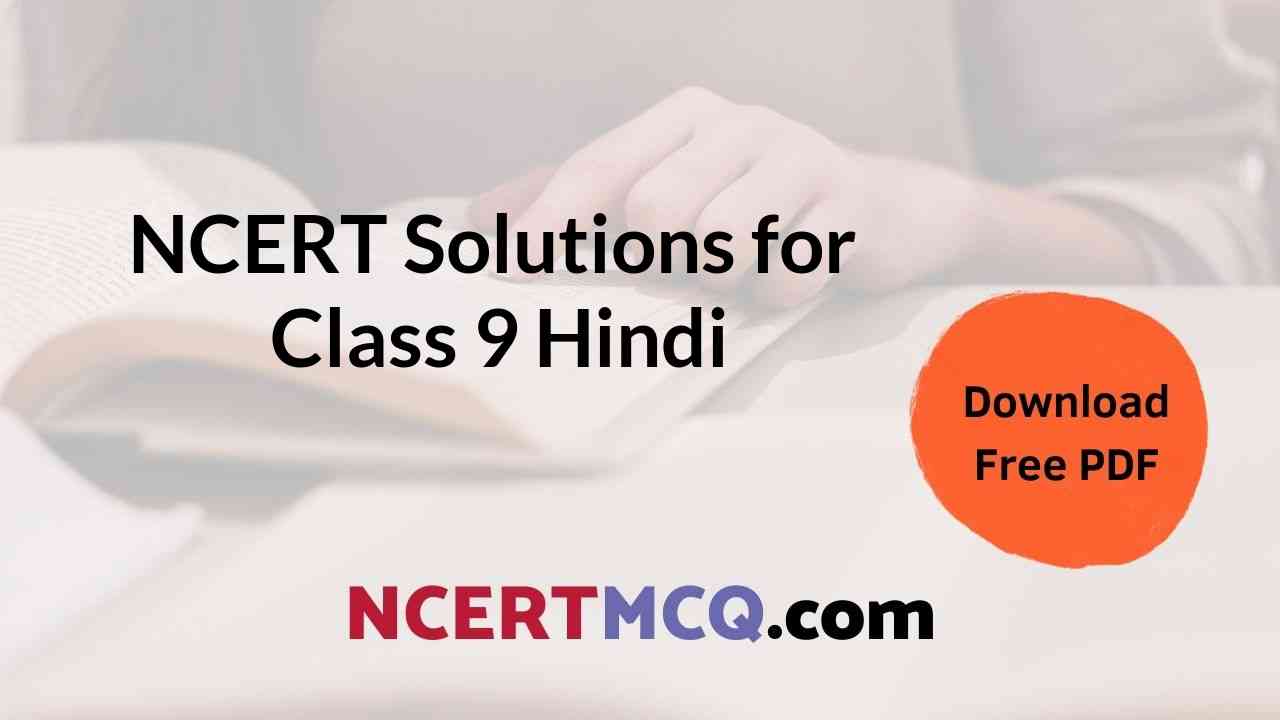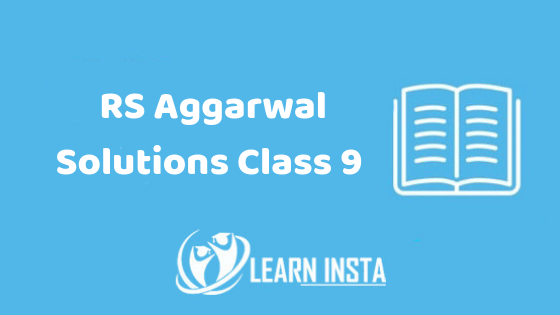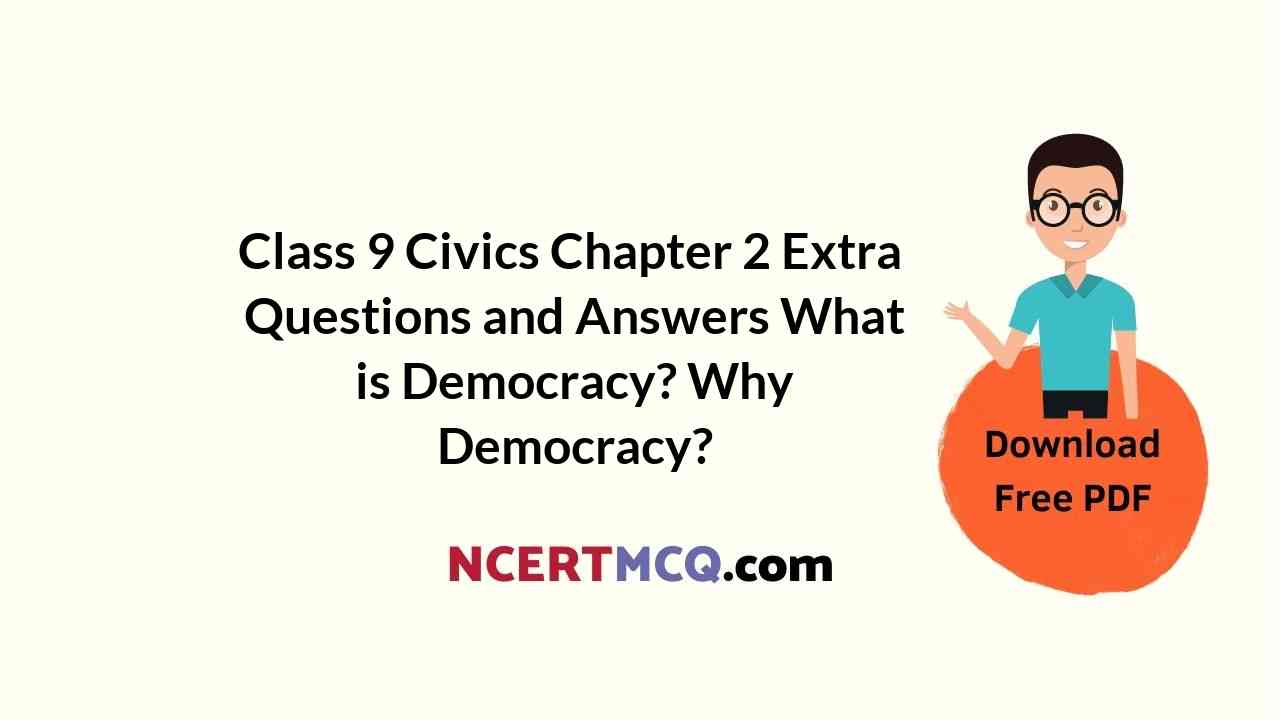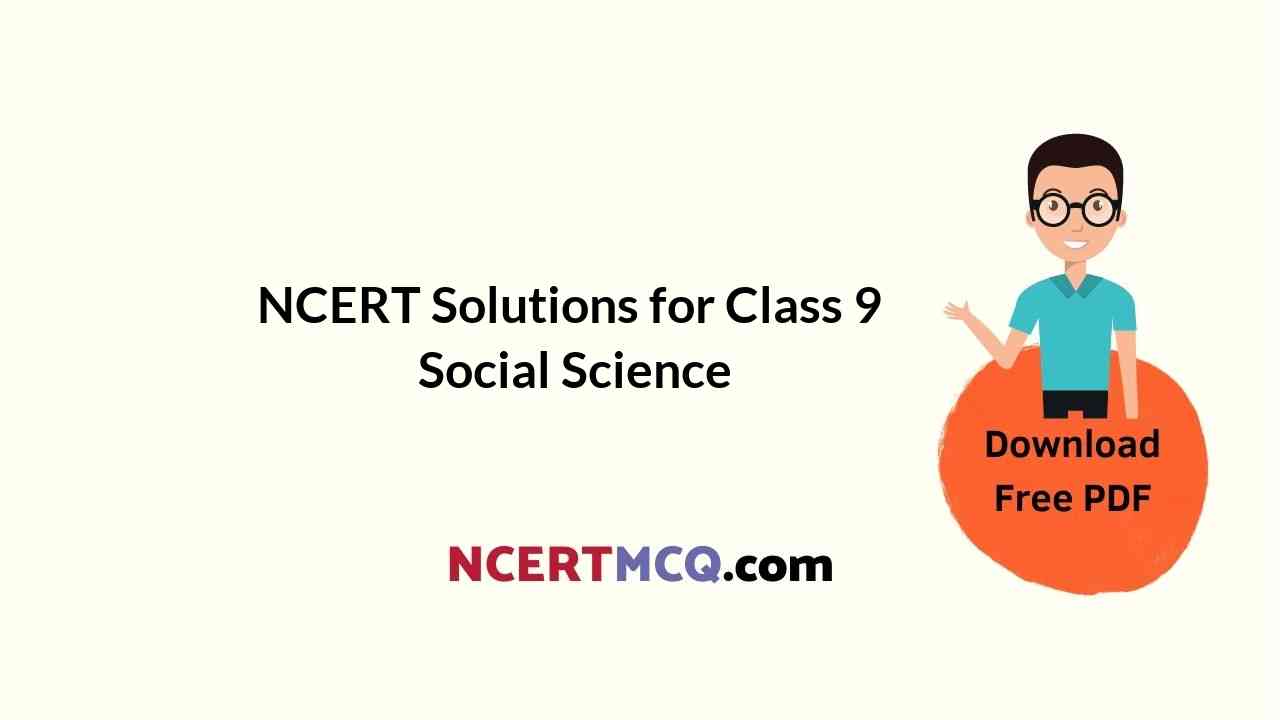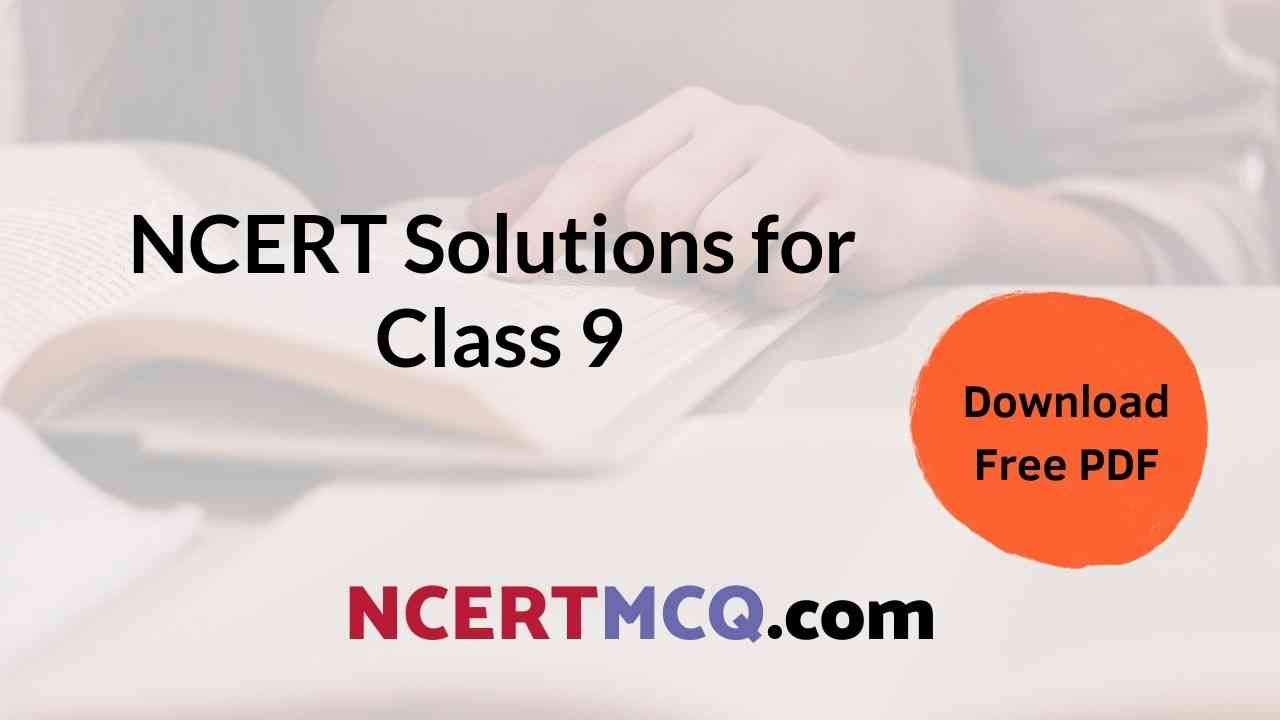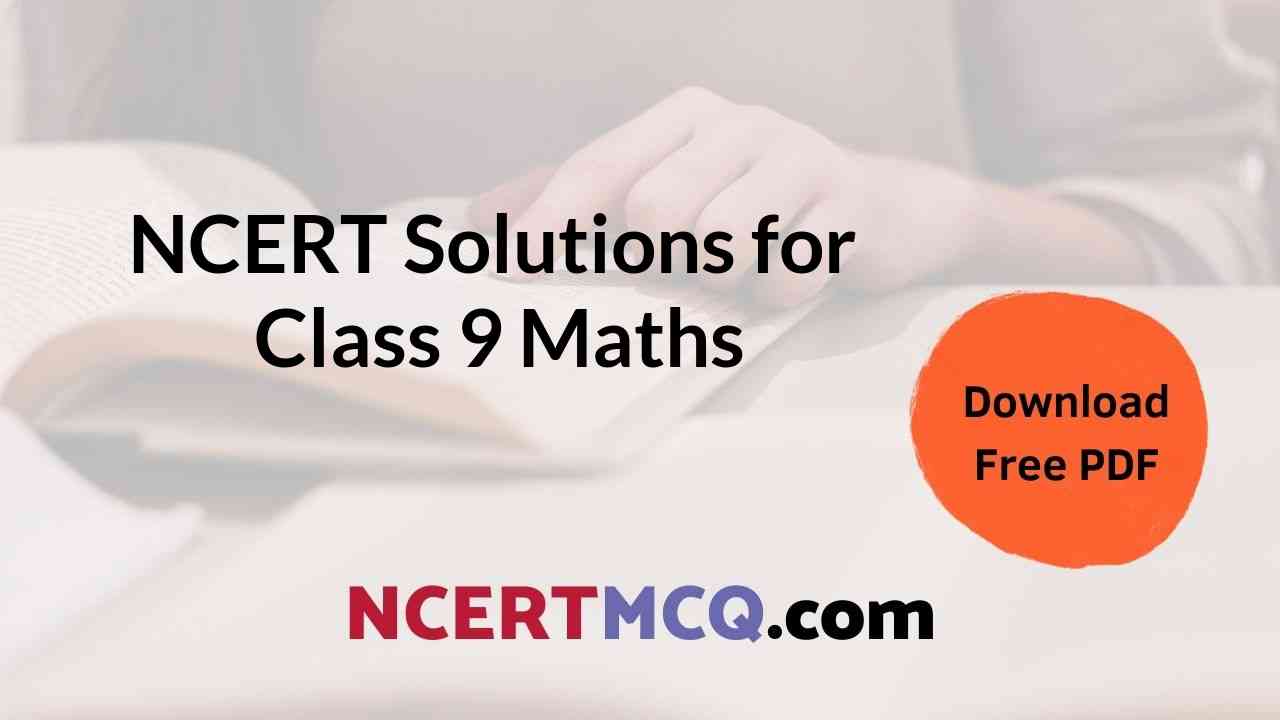The Question in NCERT Solutions for Class 9 Hindi are explained from each and every chapter in an easy language to understand by students. Also, it offers exercise questions for more practice and stands out as the best study material to clear all your doubts regarding the subject. This NCERT Class 9 Hindi Textbook Solutions PDF seems like a guide for students. So, access the links and download the NCERT book Solutions for Class 9 Hindi, for future reference.
All Chapters NCERT Class 9 Hindi Solutions – Free PDF Download
According to the latest CBSE Class 9 Hindi syllabus, the chapters are divided into four parts such as Kritika Bhag 1, Kshitij Bhag 1, Sanchayan Bhag 1, and Sparsh Bhag 1. All these parts are involved in the NCERT Solutions for Class 9 Hindi. So, students can find all parts of the 9th class Hindi subject in one place for a better understanding of the concepts and write Hindi exam very well. So, download chapter-wise NCERT Solutions of Class 9 Hindi Kshitij, Kritika, Sparsh, Sanchayan from below quick links & ace up your preparation.
NCERT Solutions for Class 9 Hindi are the part of NCERT Solutions for Class 9. Here we have given CBSE Hindi NCERT Solutions Class 9.
Hindi NCERT Solutions Class 9
NCERT Solutions for Class 9 Hindi – A
NCERT Solutions for Class 9 Hindi Kshitij Bhag 1 क्षितिज भाग 1
गद्य – खंड
- Chapter 1 दो बैलों की कथा
- Chapter 2 ल्हासा की ओर
- Chapter 3 उपभोक्तावाद की संस्कृति
- Chapter 4 साँवले सपनों की याद
- Chapter 5 नाना साहब की पुत्री देवी मैना को भस्म कर दिया गया
- Chapter 6 प्रेमचंद के फटे जूते
- Chapter 7 मेरे बचपन के दिन
- Chapter 8 एक कुत्ता और एक मैना
काव्य – खंड
- Chapter 9 साखियाँ एवं सबद
- Chapter 10 वाख
- Chapter 11 सवैये
- Chapter 12 कैदी और कोकिला
- Chapter 13 ग्राम श्री
- Chapter 14 चंद्र गहना से लौटती बेर
- Chapter 15 मेघ आए
- Chapter 16 यमराज की दिशा
- Chapter 17 बच्चे काम पर जा रहे हैं
NCERT Solutions for Class 9 Hindi Kritika Bhag 1 कृतिका भाग 1
- Chapter 1 इस जल प्रलय में
- Chapter 2 मेरे संग की औरतें
- Chapter 3 रीढ़ की हड्डी
- Chapter 4 माटी वाली
- Chapter 5 किस तरह आखिरकार मैं हिंदी में आया
NCERT Solutions for Class 9 Hindi – B
NCERT Solutions for Class 9 Hindi Sparsh Bhag 1 स्पर्श भाग 1
गद्य – खंड
- Chapter 1 धूल
- Chapter 2 दुःख का अधिकार
- Chapter 3 एवरेस्ट : मेरी शिखर यात्रा
- Chapter 4 तुम कब जाओगे, अतिथि
- Chapter 5 वैज्ञानिक चेतना के वाहक : चन्द्र शेखर वेंकट रामन
- Chapter 6 कीचड़ का काव्य
- Chapter 7 धर्म की आड़
- Chapter 8 शक्र तारे के समान
काव्य – खंड
- Chapter 9 पद
- Chapter 10 दोहे
- Chapter 11 आदमी नामा
- Chapter 12 एक फूल की चाह
- Chapter 13 गीत – अगीत
- Chapter 14 अग्नि पथ
- Chapter 15 नए इलाके में … खुशबू रचते हैं हाथ
NCERT Solutions for Class 9 Hindi Sanchayan Bhag 1 संचयन भाग 1
- Chapter 1 गिल्लू
- Chapter 2 स्मृति
- Chapter 3 कल्लू कुम्हार की उनाकोटी
- Chapter 4 मेरा छोटा-सा निजी पुस्तकालय
- Chapter 5 हामिद खाँ
- Chapter 6 दिये जल उठे
Advantages of NCERT Solutions For Class 9 Hindi
One of the most important study resources to secure more marks in the exams is NCERT Class 9 Hindi Book Solutions PDF. Here are some of the NCERT Solution for Class 9 Hindi Advantages:
- In Ncert Class 9 Hindi Solutions Book, you will see the questions and answers covered in all four books such as Kshitij, Kritika, Sparsh, Sanchayan.
- You can get the answers in a simple and conceptual way for easy understanding.
- As per the latest CBSE guidelines, subject experts prepare the solutions for the questions in NCERT textbooks.
- All these solutions are very important to students because it improves subject knowledge, Hindi grammar skills, and also strengthen students strong basics on the subject.
- The quality of all questions and answers is top-notch and there are no chances of any mistake.
FAQs on NCERT 9th Class Hindi Solutions PDF
1. Why Should I Download NCERT 9th Class Hindi Solution Book?
Some of the students feel Hindi subject is difficult to secure good marks. But actually, it is one of the easiest subjects of all to score good grades in the final exams. All solutions are explained in a simple manner and they are prepared by the experienced subject teachers.
2. Where can I get the solutions for the Class 9 Hindi NCERT Nooks?
At Learninsta.com, the team and subject experts provide subject-wise and chapter-wise solutions for all Class 9 NCERT Hindi Textbooks in pdf format.
3. How to use the chapter-wise NCERT Solutions for Class 9 Hindi?
We have provided the solutions as per the chapters in the Kritika-I, Kshitij-I, Sparsh-I, and Sanchayan-I parts in the NCERT CBSE Class 9 Hindi Solutions PDF. Simply click on the respective chapter link and make use of the NCERT Solutions for Class 9 Hindi.
Conclusion
We expect the provided NCERT Solutions for Class 9 Hindi Kshitij, Kritika, Sparsh, Sanchayan will assist you during preparation. Need to ask any doubts on the CBSE Hindi NCERT Solutions Class 9 क्षितिज, कृतिका, स्पर्श, संचयन, leave your comment below and we will reply back to very soon with the best possible answer. Moreover, visit our site for more updated NCERT Solutions PDF for other subjects.
